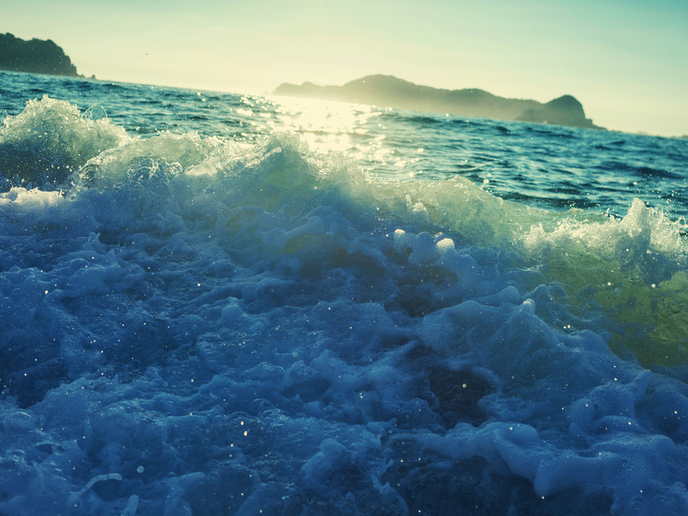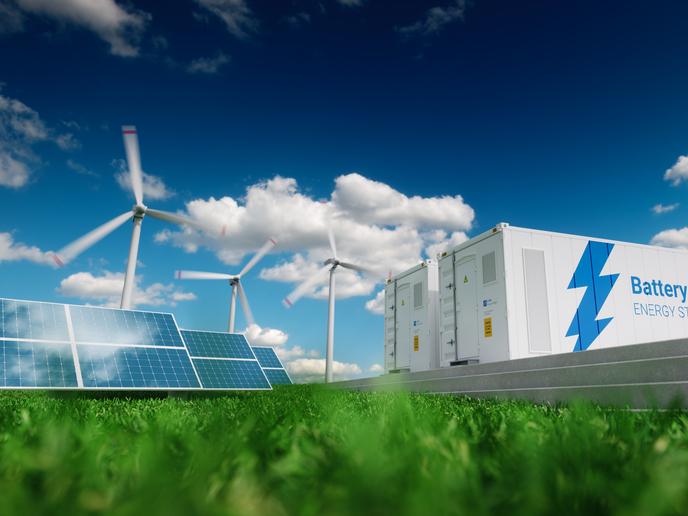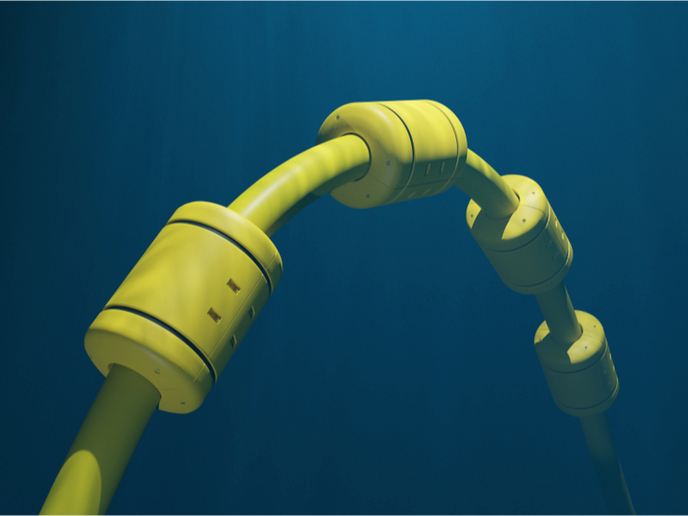New wave energy power take-off system reaches for universality
Let’s picture the current status of the marine energy industry for a second. To be successful, it essentially requires three elements: a robust and reliable supply chain, consolidated design standards, and technologies that are both cost-competitive and reliable. A power take-off (PTO) system like the one developed under the IMAGINE (Innovative Method for Affordable Generation IN Ocean Energy) project could be crucial to meeting these requirements. It promises to increase the efficiency of wave energy to grid-compatible electricity conversion by 70 to 80 %, to reduce capital expenditure by 50 %, and to increase PTO lifetime to 20 years. Finally, it can be adapted to different types of wave energy converters (WECs). “Wave energy technologies have yet to converge,” says Luca Castellini, energy R&D and business development manager at UMBRAGROUP and coordinator of IMAGINE. “We knew that sites with different environmental characteristics may also have different design requirements, so we came up with a technology that converts linear mechanical motion into electricity for most scenarios. Our electromechanical generator (EMG) can harvest energy from four WEC typologies: point absorbers, attenuators, oscillating wave surge converters, and submerged pressure differential devices.” The EMG is compatible with over 80 % of all WECs currently under development. But its strengths go beyond this versatility. Compared to state-of-the-art PTO systems, the EMG minimises the need for active materials (and therefore reduces final cost). It has minimal friction thanks to the use of rolling contact elements (for increased mechanical efficiency), as well as a higher power density as a result of a limited number of components and more compact architecture. The system has already proved its reliability in safety-critical applications.
Beyond wave energy
Thanks to EU support under the IMAGINE project, UMBRAGROUP started building a prototype for performance and lifetime ‘HardWare in the Loop’ (HWiL) bench testing in 2018. The team’s objective is to prove that the system meets its cost reduction and performance improvement targets, thereby reaching technology readiness level (TRL) 5. They are currently manufacturing the test parts and hope to begin the test campaign in late summer. But there is more to IMAGINE than the PTO solution itself. “The project also focuses on developing streamlined design processes, which can contribute to the creation of recommended practices for PTO solutions in WEC technologies. Given the absence of standards, we developed an approach derived from the wind energy sector: We use wave energy classes to define a suitable PTO sizing for a WEC,” adds Castellini. Using numerical modelling, the wave energy class allows for the EMG’s loading envelope to be defined based on interactions between the WEC and its environment. UMBRAGROUP has considered a wide range of EMG loads to ensure its safety. “The EMG faces extreme load and power requests even when the selected site class and converter type are in the power range of the deployment site. To be able to generate energy even under these extreme loads, we have introduced an EMG parallelisation architecture,” Castellini explains. It will probably take a while for the technology to reach TRL 9. But stakeholders and technology developers are already considering the EMG. The technology’s potential even reaches beyond the wave energy sector, with possible applications for the tidal energy, automotive, oil and gas industries.
Keywords
IMAGINE, EMG, ocean energy, conversion, power take-off, PTO, wave energy converter, WEC







